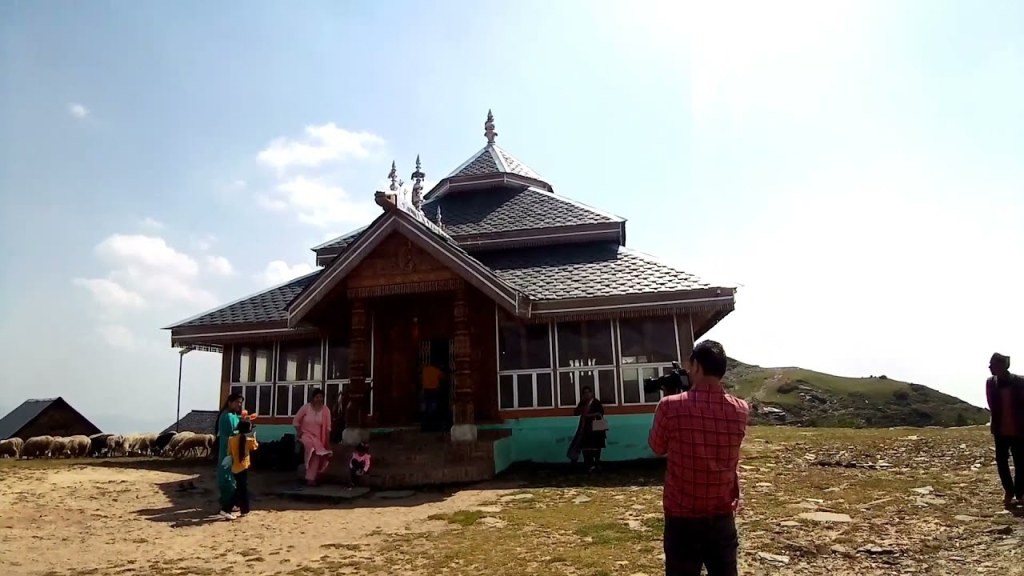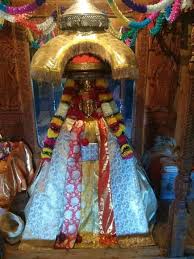
Nestled in the picturesque Seraj Valley of Himachal Pradesh, Dev Sheti Nag Ji stands as a revered deity with a legacy that intertwines spirituality, culture, and history. Considered an incarnation of Sheshnag, the serpent king in Hindu mythology, Dev Sheti Nag Ji holds a unique and sacred place in the hearts of the local inhabitants. This comprehensive article delves into the rich tapestry of beliefs, traditions, and historical significance surrounding Dev Sheti Nag Ji.
The Divine Incarnation of Sheshnag
In the lush, verdant landscape of Seraj Valley, Dev Sheti Nag Ji is venerated as the earthly manifestation of Sheshnag, the multi-headed serpent deity. Sheshnag is often depicted as the majestic serpent who serves as the bed for Lord Vishnu, the preserver in Hindu cosmology. This divine connection bestows upon Dev Sheti Nag Ji an aura of sanctity and reverence that permeates the valley.
Historical Significance and Unique Identity
Dev Sheti Nag Ji’s presence in Seraj Valley dates back to ancient times, with roots deeply entrenched in local folklore and traditions. The deity’s identity is uniquely recognized throughout the valley, distinguishing Dev Sheti Nag Ji from other local deities. This distinctive reverence is not only a reflection of the deity’s divine origin but also of the profound cultural heritage that the residents of Seraj Valley uphold.

Participation in the Shivratri Festival
One of the most significant events in the cultural calendar of Seraj Valley is the annual Shivratri festival, celebrated with fervor and devotion. Dev Sheti Nag Ji plays a pivotal role in this grand celebration. Unlike many other deities who do not have the privilege of participating, Dev Sheti Nag Ji is a regular and esteemed participant in the festival’s processions and rituals.
The deity’s procession is a sight to behold, with Dev Sheti Nag Ji’s palanquin carried through the streets amidst chants, music, and a sea of devotees. The participation in Shivratri processions, or ‘Jaleb,’ is a testament to the deity’s paramount importance in the region. Dev Sheti Nag Ji, along with Devi Ambika and Devi Jufar, makes a revered trio that resides in the Raj Madhav Rai Temple during the festival, symbolizing the unity and continuity of divine presence in Seraj Valley.
The Sacred Abode of Dev Sheti Nag Ji
Dev Sheti Nag Ji’s primary abode is located in Shetdhar, where a temple known as the ‘Paidi’ stands as a sacred site of worship. This temple is central to the deity’s worship and the spiritual life of the community. The current generation, while deeply reverent, has limited knowledge about the detailed history of this temple, adding a layer of mystique and intrigue to Dev Sheti Nag Ji’s legacy.
In addition to the Shetdhar temple, Dev Sheti Nag Ji also has an abode in the village of Bung. Here, the deity’s chariot is kept, ready for processions and rituals. The chariot itself is a symbol of divine authority and is treated with utmost respect and sanctity by the villagers.

Maintaining the Sanctity and Reverence
A unique aspect of Dev Sheti Nag Ji is the strict adherence to maintaining the deity’s sanctity. It is believed that any violation of this sacredness, whether through disrespectful behavior or administrative errors during processions, incurs the deity’s displeasure. Such incidents are taken very seriously by the community, reflecting the profound respect and fear that underscore the worship of Dev Sheti Nag Ji.
The Role of Dev Sheti Nag Ji’s Caretakers
The caretakers of Dev Sheti Nag Ji, such as Chhapae Ram, play a crucial role in preserving the traditions and ensuring the proper conduct of rituals. They serve as the custodians of the deity’s legacy, imparting knowledge and ensuring that the practices associated with Dev Sheti Nag Ji are upheld with the same devotion and accuracy as they have been for generations.
Dev Sheti Nag Ji is more than just a deity; it is a symbol of the rich cultural and spiritual heritage of Seraj Valley, Mandi. The deity’s association with Sheshnag, the active participation in Shivratri festivals, and the deep-seated reverence among the local community highlight the profound impact of Dev Sheti Nag Ji on the region. As a divine guardian, Dev Sheti Nag Ji continues to inspire devotion, preserve traditions, and uphold the sanctity that has been cherished for centuries.
In exploring Dev Sheti Nag Ji’s significance, one gains not only a deeper understanding of the deity’s role in Seraj Valley but also an appreciation for the enduring spiritual and cultural legacy that continues to thrive in the heart of Himachal Pradesh.










